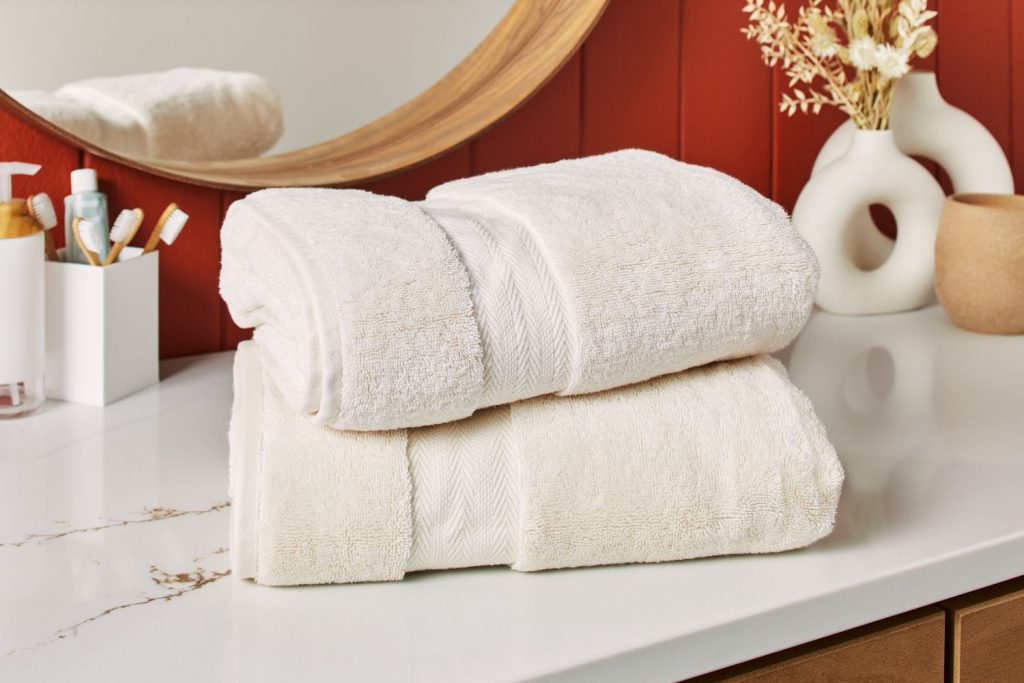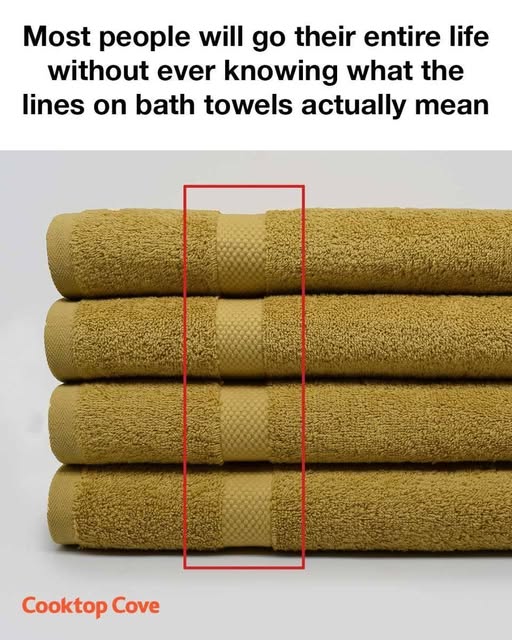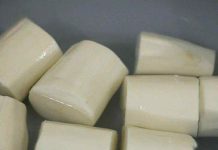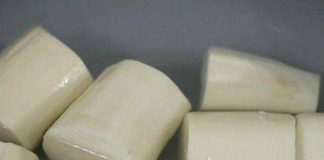Bath towels are a staple in every household, yet few people pause to consider the intricate details that go into their design. Among these details are the lines that often adorn the surface of bath towels. These lines, which might seem purely decorative at first glance, actually serve specific purposes that enhance the functionality and longevity of the towel. Understanding these lines can lead to a greater appreciation of the craftsmanship involved in towel production.
Understanding the Purpose of Lines on Bath Towels
The lines on bath towels are not merely aesthetic choices made by designers. They are often the result of deliberate weaving techniques that serve multiple purposes. These lines can help with the absorption of water, the structural integrity of the towel, and even the tactile experience of using the towel. By examining the purpose of these lines, we can uncover the thoughtful engineering behind a seemingly simple household item.

Top Reasons for the Lines on Bath Towels
One of the primary reasons for the lines on bath towels is to enhance their absorbency. The lines are often created using a weaving technique that increases the surface area of the towel, allowing it to soak up more water. Additionally, these lines can help with the drying process, as they create channels that facilitate air flow. Another reason is to provide a visual cue for folding and hanging, ensuring the towel maintains its shape and appearance over time.
The Role of Tread Lines in Towel Longevity
Tread lines, which are the raised lines found on some towels, play a crucial role in the durability of the towel. These lines are typically woven into the fabric using a technique that reinforces the structure of the towel, preventing it from fraying or losing its shape after repeated use and washing. Tread lines also help maintain the towel’s thickness and plush feel, contributing to its longevity.
How Dobby Weave Maintains Towel Structure
The dobby weave is a specialized weaving technique that creates small, geometric patterns in the fabric. In towels, this weave adds texture and can form the lines seen on the surface. The dobby weave not only enhances the visual appeal of the towel but also contributes to its structural integrity. By incorporating this weave, manufacturers can produce towels that are both attractive and durable.

Why Texture and Design Matter
Beyond function, the lines and patterns on towels also contribute to the user experience. Textured lines can provide a gentle exfoliating effect on the skin, making the towel feel more luxurious and spa-like. In many high-end towels, these design features are carefully chosen not only for durability but also to align with interior aesthetics. Hotels and spas, for instance, often prefer towels with subtle but elegant lines that evoke cleanliness and sophistication. These design choices may seem small, but they play a vital role in brand presentation and customer satisfaction
Conclusion
While often overlooked, the lines on bath towels are a testament to the thoughtful design and engineering that go into everyday household items. From improving absorbency and drying efficiency to enhancing durability and aesthetic appeal, these lines serve multiple functional purposes. Understanding the role of these design elements can lead to a greater appreciation of the craftsmanship involved in towel production.

















